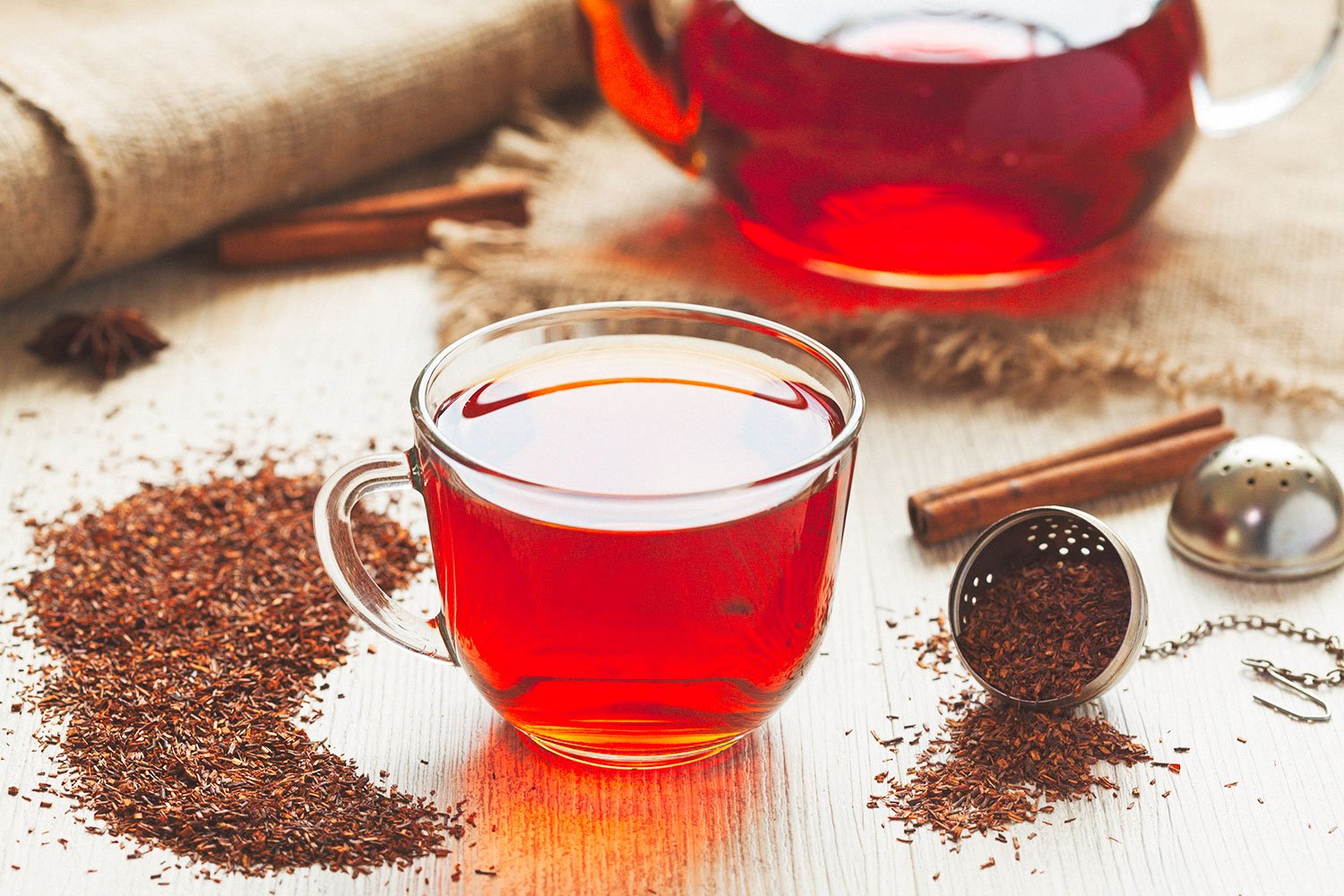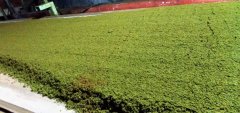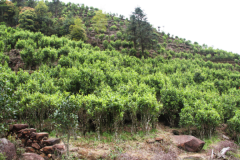The taste of Assam black tea is characterized by the explanation of the production process of malt-flavored Assam black tea.
The final step in the production of dried tea leaves is firing, which preserves the tea leaves by almost completely removing the remaining moisture from the leaves. "Drying" is a more accurate term; if the moisture content of the tea leaves is reduced to 3%, the tea leaves are stable and no chemical reactions will occur. Then it can travel. In ancient China, this meant the next province; now it means anywhere in the world. The degree of roasting can also have a profound effect on the taste of tea, depending on the degree of roasting. Nowadays, tea leaves are usually dried in ovens or frying pans. The Chinese first dried tea over firewood, which is why the drying process got its name. Over time, charcoal replaced wood, a more permanent and uniform heat source. Today, only black tea Zhengshan and oolong tea Dahongpao are still made with wood smoke. So far, most tea leaves have been dried in electric ovens. Before all the moisture is lost, the dryer heat triggers a Maillard reaction, like sweetening Chinese green tea. The Maillard reaction triggers the formation of dimethylpyrazine, which provides the ingredients for the chocolate and cocoa flavors in New Vitanakand Ceylon Tea and Qimen Chinese Black Tea. It also enhances Assam honey and malt quality. The best teas have the best roasted aromas because they contain the most amino acids. Firing also takes away flavor: some of the floral notes in green tea are too unstable to withstand the high temperatures of firing; raw Japanese green tea (aracha) is usually more aromatic than the finished tea. Over the past 30 years, as innovations in packaging materials made refiring unnecessary, tea makers began experimenting with lighter and lighter firing methods to make lighter and more fragrant teas. However, while technology has eliminated any practical need to store wine in oak barrels, there is still a demand for heavily aged teas, just as there is still a market for "oak flavoured" wines in the wine world.

After sifting and firing, the tea maker agitates the leaves through a series of sieves, sorting them according to size. Whole leaves give the most complete flavor; they are first separated to obtain the best quality tea leaves. The next smaller particle is called "fracture"; they brew strong tea. The smallest particles are called "fans" and "dust." Fans get their name from fans used to sort tea leaves: Before machines, tea makers used a large bamboo fan to sort tea leaves by throwing them into the air. Leaves light enough to be blown to the floor by the wind are separated as fans; teas large enough to be poured into fans are reserved for the best teas. Today, fans and dust are set aside for tea bags and instant tea.
Important Notice :
前街咖啡 FrontStreet Coffee has moved to new addredd:
FrontStreet Coffee Address: 315,Donghua East Road,GuangZhou
Tel:020 38364473
- Prev

The difference of Oxidation fermentation degree between Green Tea and Black Tea comparison of semi-fermented Tea and fully fermented Tea
After the green tea is brewed, and before the black tea turns black, the tea maker rolls up the tea to give it a lovely shape. It used to be handmade, but now it is mainly done by machines, rolling to turn flat leaves into fascinating twists, coils, balls or spears. Generally speaking, the tea rolled up a little bit tastes better.
- Next

What kind of tea is group Dancong? What are the characteristics of sweet-scented osmanthus fragrance?
One kind of sweet-scented osmanthus tea is scented tea, with fresh sweet-scented osmanthus (sweet-scented osmanthus) plus classical style Phoenix oolong tea. It is not confused with the original fragrance of sweet-scented osmanthus. The latter has an inherent and exquisite aroma, reminiscent of sweet-scented osmanthus without fragrance, while the former can use almost any classical style of Phoenix.
Related
- The milk tea cup becomes smaller?! Overlord Tea Girl launches a new "Return to Yunnan" series
- Accused of selling counterfeit and high-priced coffee beans! Well-known boutique coffee brand "Oukelao" bowed and apologized!
- How to make espresso dumplings? Can I eat coffee and glutinous rice balls together?
- Save the unformed and stagnant powder cakes in one second! What is the problem with stagnant water in the powder bowl of the espresso machine?
- What does hand-brewed coffee stop mean? Why is it not recommended to make coffee by hand?
- Is it normal to smell like coffee? Why does coffee smell like alcohol? What's wrong with the strong smell of cold extract ice dripping ice brewed coffee?
- How to solve the problem that hand-brewed coffee extraction takes too long? Why is the water flowing so slowly when making coffee?
- The main points of making Australian white coffee, the proportion details, how does Australian white properly foam and blend the flowers?
- Can ice water make cold extract coffee? What is the difference between room temperature water and ice water for making cold coffee?
- What milk is best for making latte and white Dirty coffee? What is the difference between different brands of fresh milk and pure milk for making coffee?

